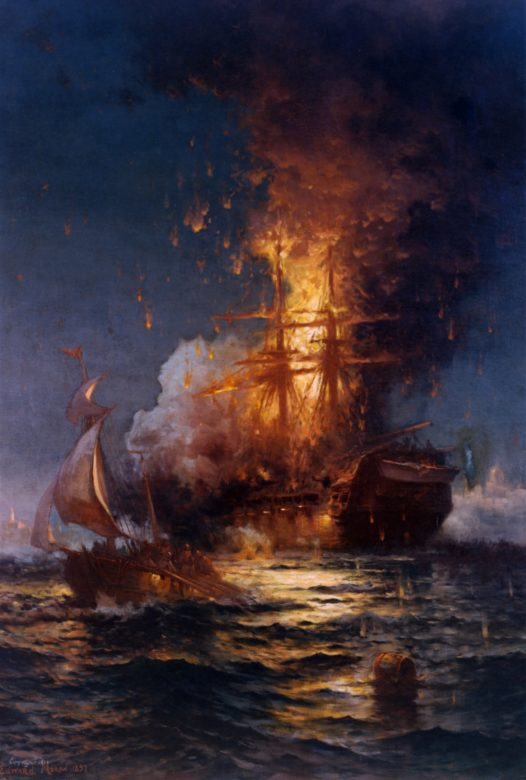During the large-scale 1948–1952 renovation of the White House, President Harry S. Truman would not allow a hole large enough to fit a bulldozer to be cut into the walls of the Executive Mansion. (1/4) 

For even more, listen to this special episode of the 1600 Sessions podcast featuring President Truman's grandson: whitehousehistory.org/1600-sessions/…
(4/4)
(4/4)
• • •
Missing some Tweet in this thread? You can try to
force a refresh



















